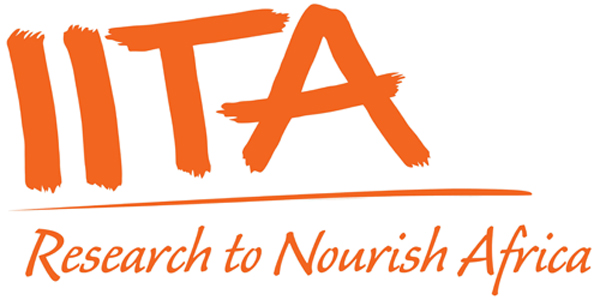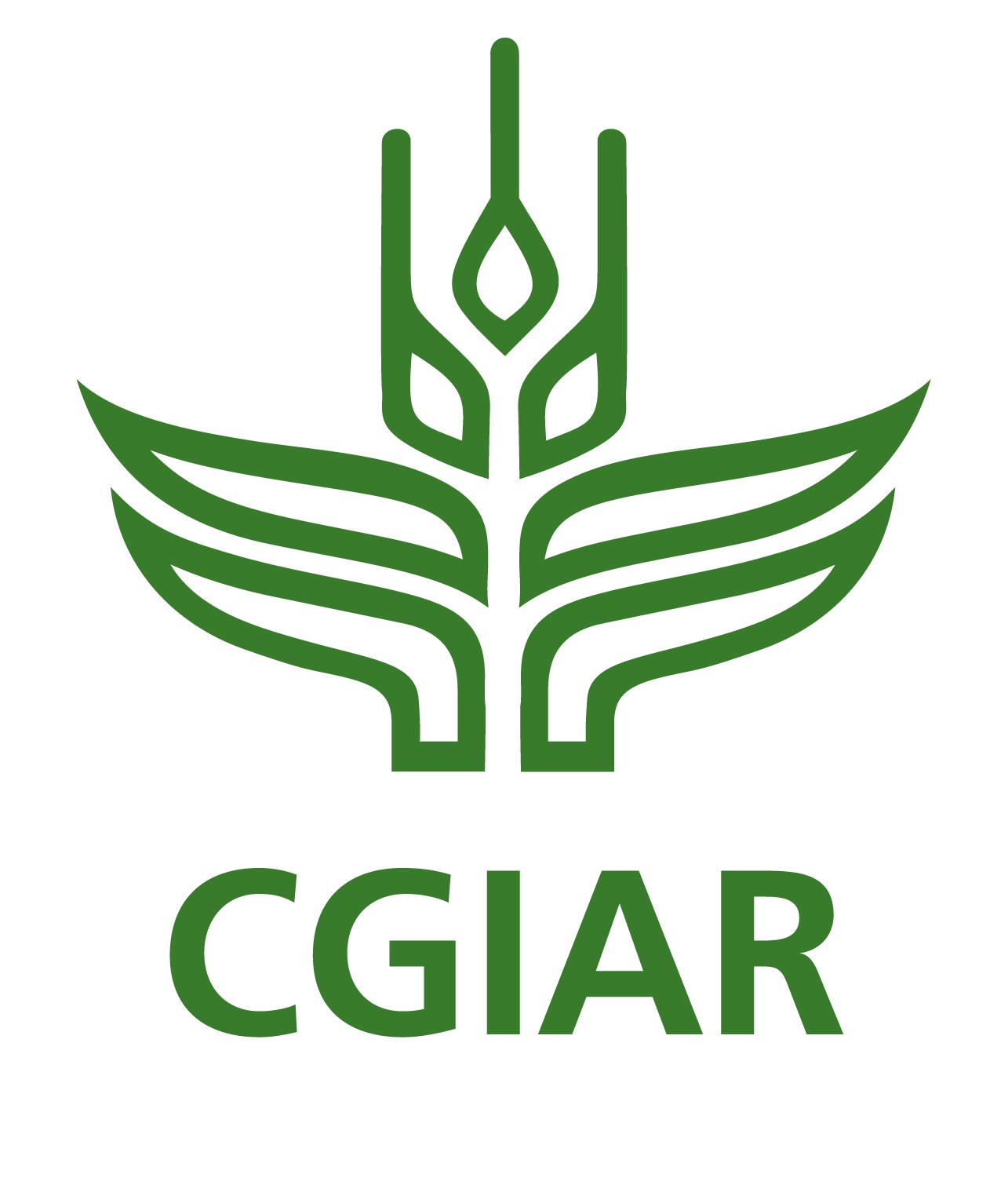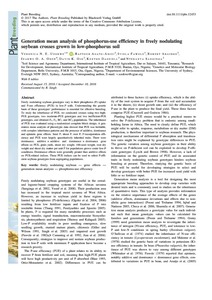Location
The International Institute of Tropical Agriculture (IITA) is a non-profit institution that generates agricultural innovations to meet Africa’s most pressing challenges of hunger, malnutrition, poverty, and natural resource degradation. Working with various partners across sub-Saharan Africa, we improve livelihoods, enhance food and nutrition security, increase employment, and preserve natural resource integrity.
“To offer leading research partnership that facilitates agricultural solutions to hunger, poverty, and natural resource degradation throughout sub-Saharan Africa.”
IITA’s mission is to assure food security for some of the world’s poorest people and provide them with viable strategies that create real, long-term results for economic development and community stability, while building an ecologically sound future that takes into account the issues of climate change. At IITA, we are dedicated to alleviating these problems and working to transform agriculture in Africa.
“The lead research partner facilitating agricultural solutions to overcome hunger and poverty in the tropics.”
IITA sees a bright future for Africa. We see a continent that can become a world leader in agriculture and sustainability. We understand that Africa needs a proactive CGIAR-supported Center that is closely linked to the demands of this continent. Our core beliefs and strategy reflect this.
In line with the new CGIAR, IITA is focused on four System-Level Outcomes described in the Strategic Results Framework.
IITA will advance these System Level Outcomes within five impact zones in sub-Saharan Africa by increasing major staple food yields in target R4D regions by two-thirds. Focusing on cassava, yam, maize, banana and plantain, soybean, and cowpea is the fastest and easiest way to impact farmers and increase the average farm income by half. As rural, farming communities in Africa are among the poorest in the world, these increases will lift over 11 million Africans or almost a fifth of households above the poverty line. Our vision of the future sees the region’s farms commit to restoring natural resources and sustainable farming practices for seven and a half million hectares of degraded farmlands, conserving them for future generations of farmers and food producers.
Mission
Vision
Members:
Resources
Displaying 6 - 10 of 122Effects of in-situ rainwater harvesting techniques on run-off, soil loss, soil moisture status and maize performance in semi-arid of central Tanzania
Integrated systems research for sustainable intensification of smallholder agriculture
Sustainable intensification in smallholder agriculture: an integrated systems research approach
First published 2017
Dilemma of nitrogen management for future food security in sub-Saharan Africa – a review
Food security entails having sufficient, safe, and nutritious food to meet dietary needs. The need to optimise nitrogen (N) use for nutrition security while minimising environmental risks in sub-Saharan Africa (SSA) is overdue. Challenges related to managing N use in SSA can be associated with both insufficient use and excessive loss, and thus the continent must address the ‘too little’ and ‘too much’ paradox. Too little N is used in food production (80% of countries have N deficiencies), which has led to chronic food insecurity and malnutrition.
Generation mean analysis of phosphorus-use efficiency in freely nodulating soybean crosses grown in low-phosphorus soil
Freely nodulating soybean genotypes vary in their phosphorus (P) uptake and P-use efficiency (PUE) in low-P soils. Understanding the genetic basis of these genotypes’ performance is essential for effective breeding. To study the inheritance of PUE, we conducted crosses using two high-PUE genotypes, two moderate-PUE genotypes and two inefficient-PUE genotypes, and obtained F1, F2, BC1 and BC2 populations. The inheritance of PUE was evaluated using a randomized complete block design.




